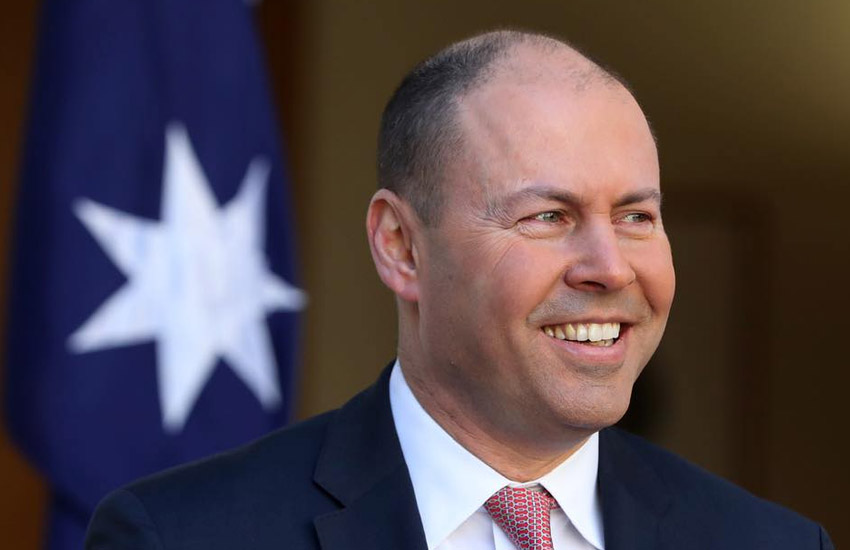Targeted measures to increase technology take-up by small business combined with a parallel incentive to spend on training were widely welcomed by the tax industry.
The Tax Institute’s general manager, tax policy and advocacy, Scott Treatt, described the support for adoption of digital technology as a “notable positive” in the budget, but criticised the overall approach.
You’re out of free articles for this month
“This Budget does deliver relief on some key pain points and I’m sure it will be welcome news to many. But this is not a Budget that’s laying groundwork for a stable economic future – it’s a quick fix,” Mr Scott said.
“We need to start seeing plans for more permanent tax reform.”
KPMG’s enterprise tax lead partner Clive Bird said the budget was largely positive for Australia’s mid-market businesses.
“Overall, this has been an encouraging Budget for the mid-tier sector, the engine-room of the Australian economy,” he said.
The big wins for small business:
Technology Investment Boost
Small businesses can claim 120 per cent of their expenditure on digital technology, including portable payment devices, cyber-security systems and cloud subscription services, up to an annual cap of $100,000.
The government said 3.6 million businesses with a turnover below $50 million will be eligible.
Total tax relief: $1 billion
Starts: Immediately and runs until 30 June 2023. Expenditure before June 30 2022 has to be claimed in subsequent tax years.
The chief economist at PwC, Jeremy Thorpe, said the initiative was more targeted than previous accelerated depreciation schemes.
“It’s cyber security – and cyber security is a big theme of this budget. It’s facilitating businesses to adopt digital payments and digital engagement with government as well,” Mr Thorpe said.
“So it’s a productivity measure. It might not be a sexy productivity measure, but it’s a more targeted productivity measure.
“It reflects the Budget trying to be prudent at the same time as being supportive of a whole lot of new initiatives. The prudency here is, the cap is not enormous.”
The senior manager of tax policy at CPA Australia, Elinor Kasapidis, said her organisation had been calling for support for small businesses to improve their digital capability because Australia was lagging, particularly in the Asia Pacific.
“We hope that this will definitely encourage businesses and for example, accountants – they can buy a new software, they can digitise things, they can invest in the clients’ practices,” Ms Kasapidis said.
Skills and Training Boost
Small businesses can claim 120 per cent of their expenditure on external training for employees. Training must take place online or in Australia, by entities registered in Australia. There are some exclusions, including in-house and on-the-job training.
To be eligible, the business must have a turnover less than $50 million.
Total tax relief: $550 million
Starts: Immediately and runs until 30 June 2024. Expenditure before June 30 2022 has to be claimed in subsequent tax years.
Tax partner at HLB Mann Judd Peter Bembrick said it would incentivise training and be good for training businesses.
“Especially through covid, businesses might have cut back on external training or they might have been using face-to-face external training and had to rethink their approach, and use internal training. Hopefully firms will increase their training budgets and there will be more incentive to use external trainers,” Mr Bembrick said.
“If you put the two together – if you invest in technology, you need to have training. So they’re getting a boost on technology investment, and a boost on the training that goes into the technology,” Mr Ord said.
Change to PAYG uplift rate
In 2022‑23, the PAYG income tax and GST instalments will be increased by 2 per cent, instead of 10 per cent for the income year.
The government said the measure, already announced, will mean $1.85 billion in cash-flow support for 2.3 million small to medium businesses, sole traders and others who use the instalment method.
COVID-19 economic support
An additional $53.9 million in the 2021-22 in this financial year towards Business Support Payments and access to the Pandemic Leave Disaster Payment.

 Login
Login







